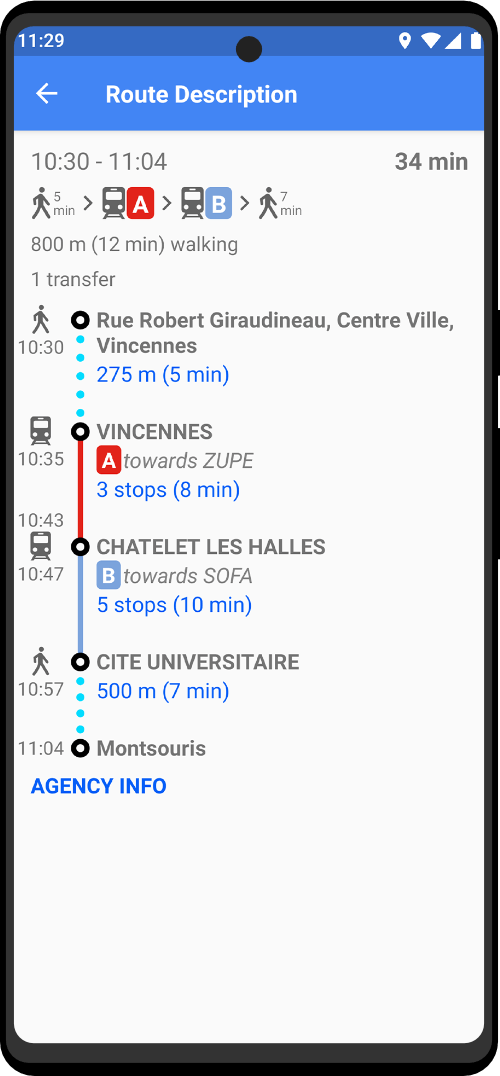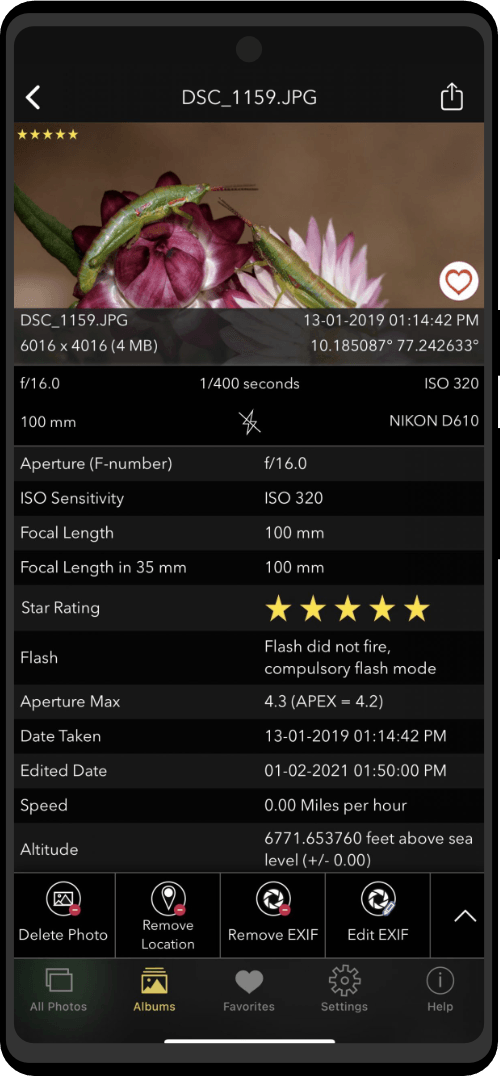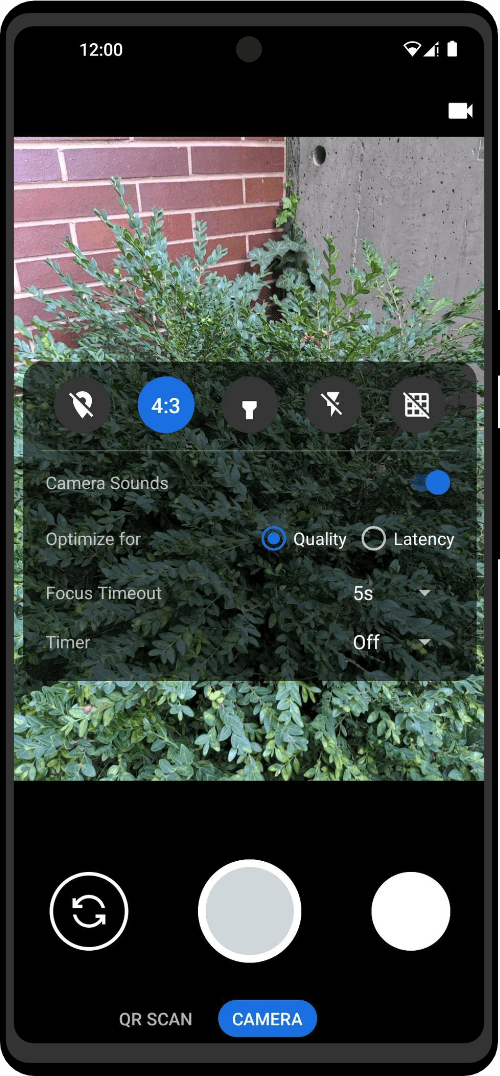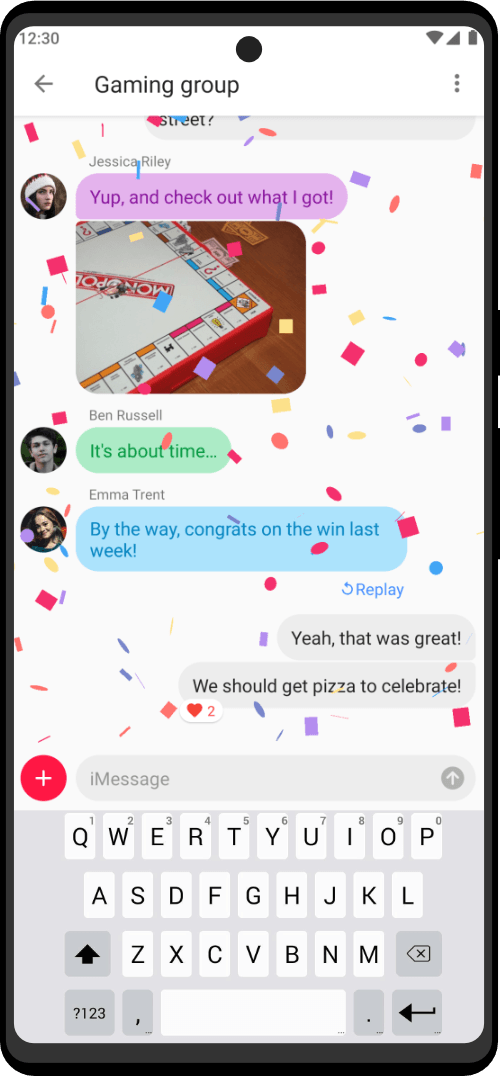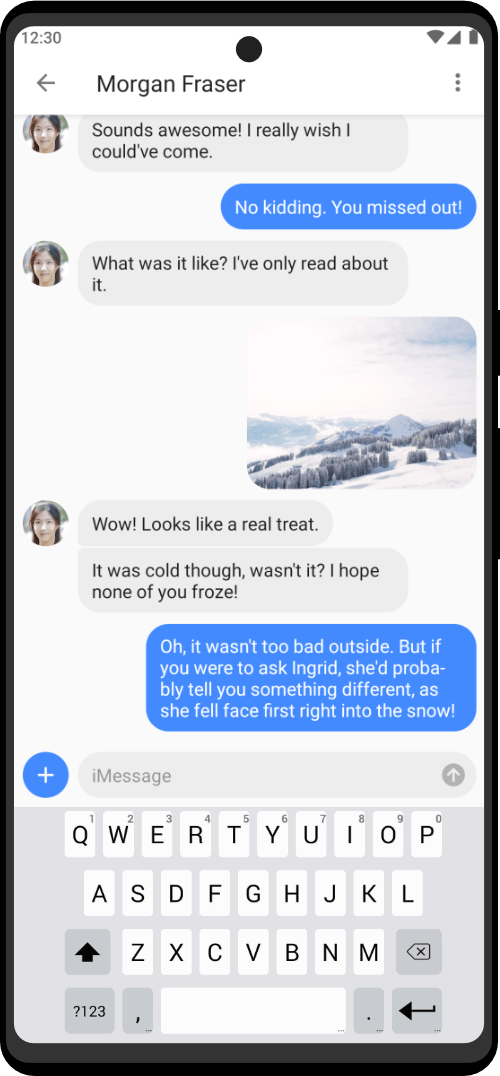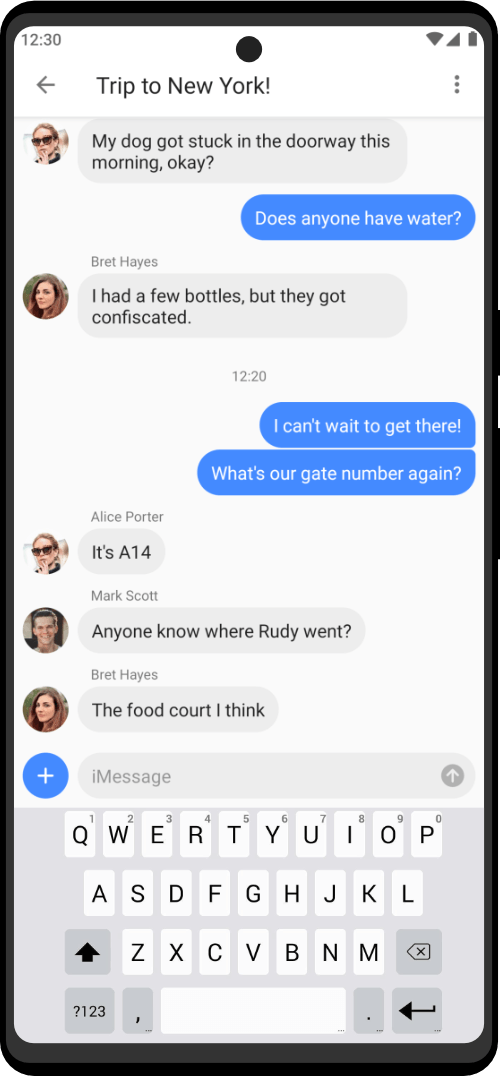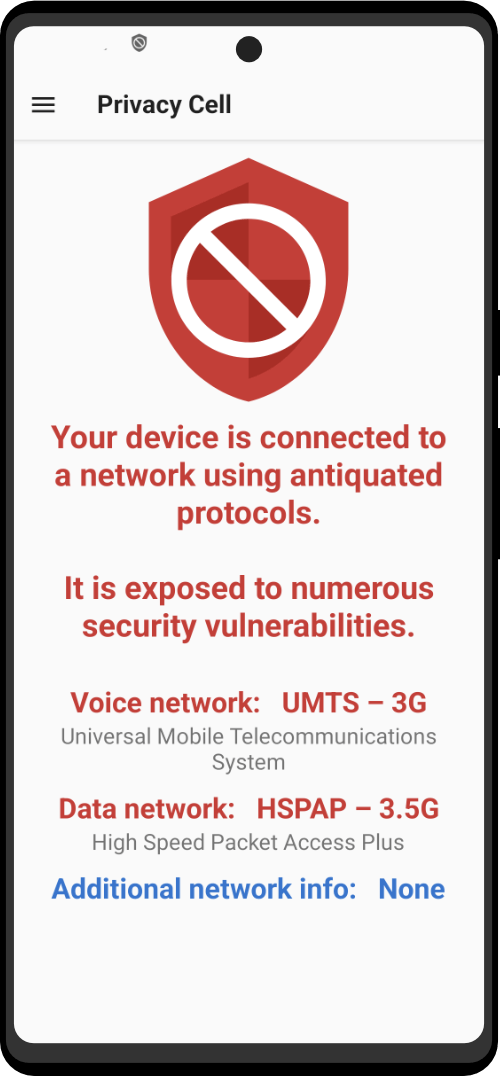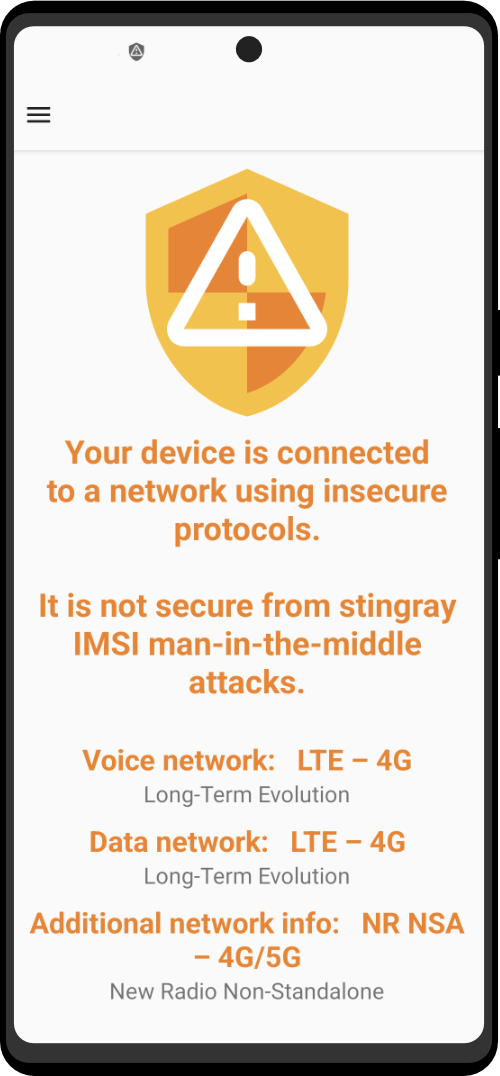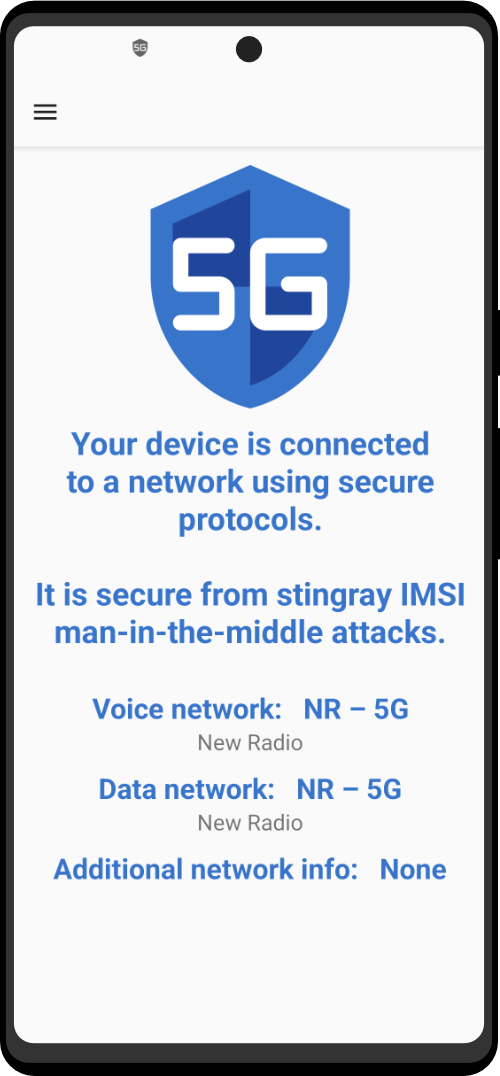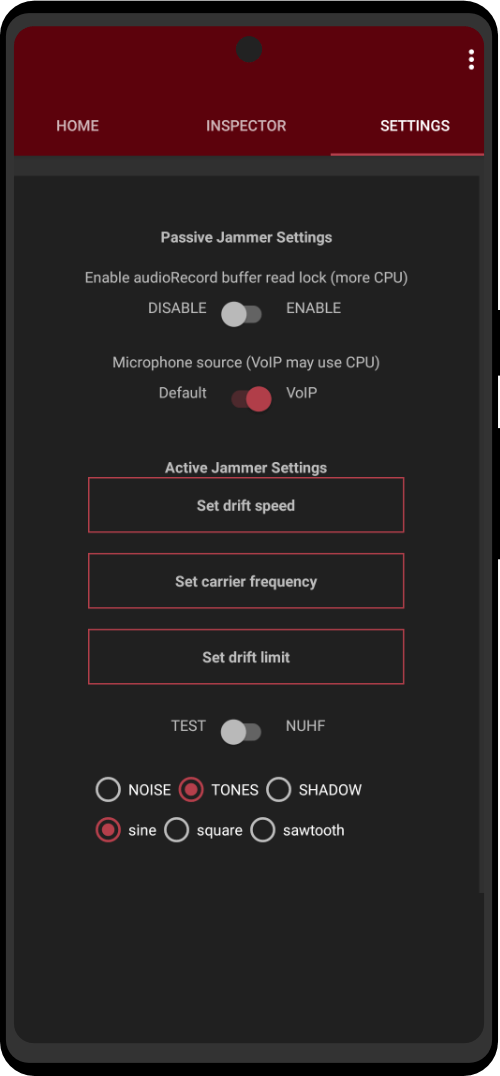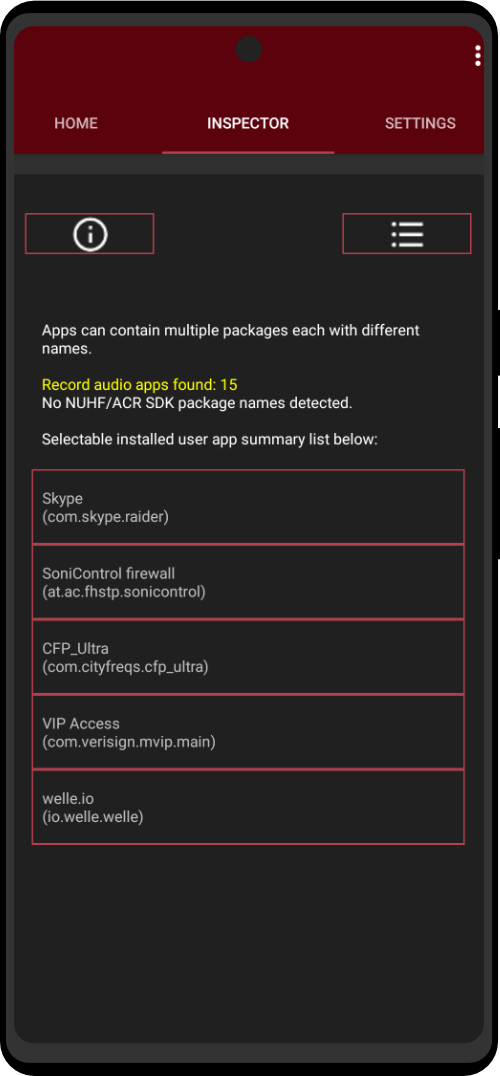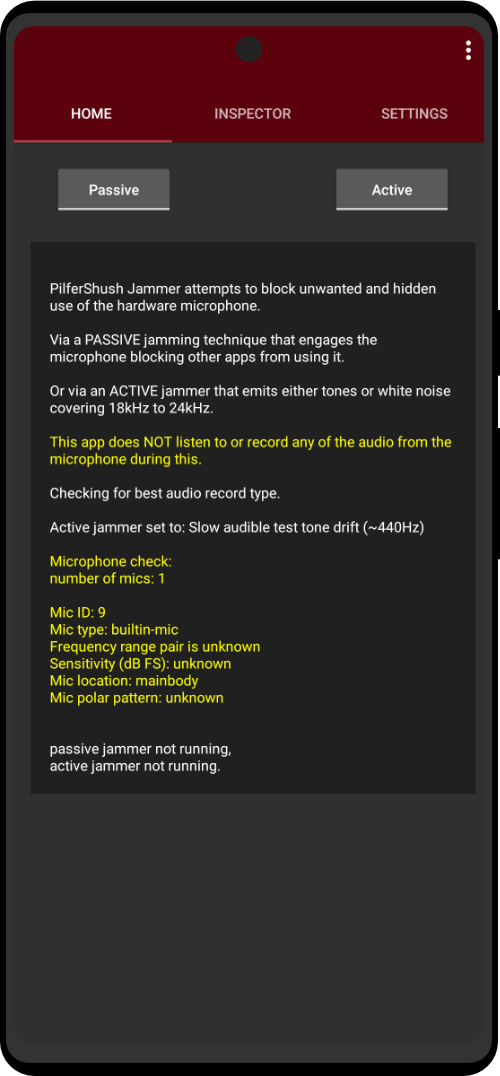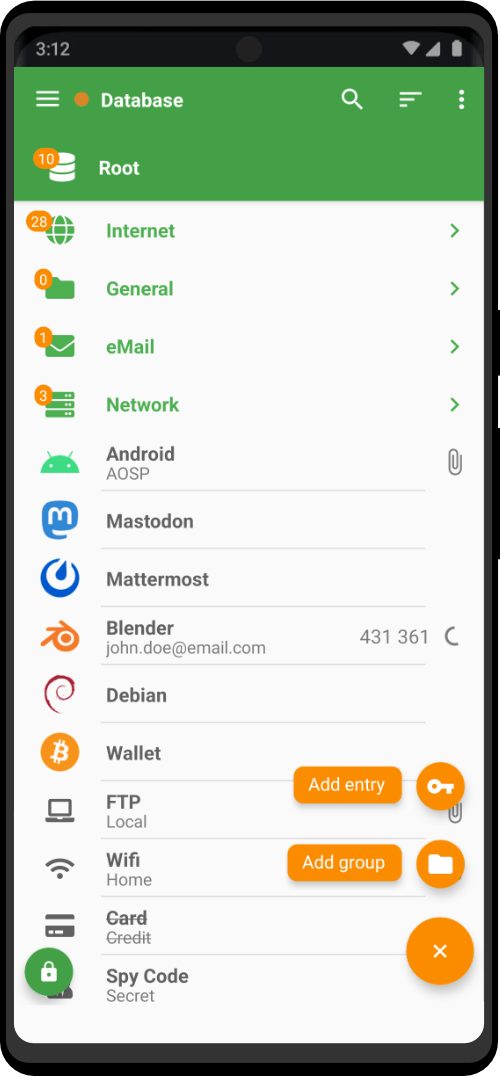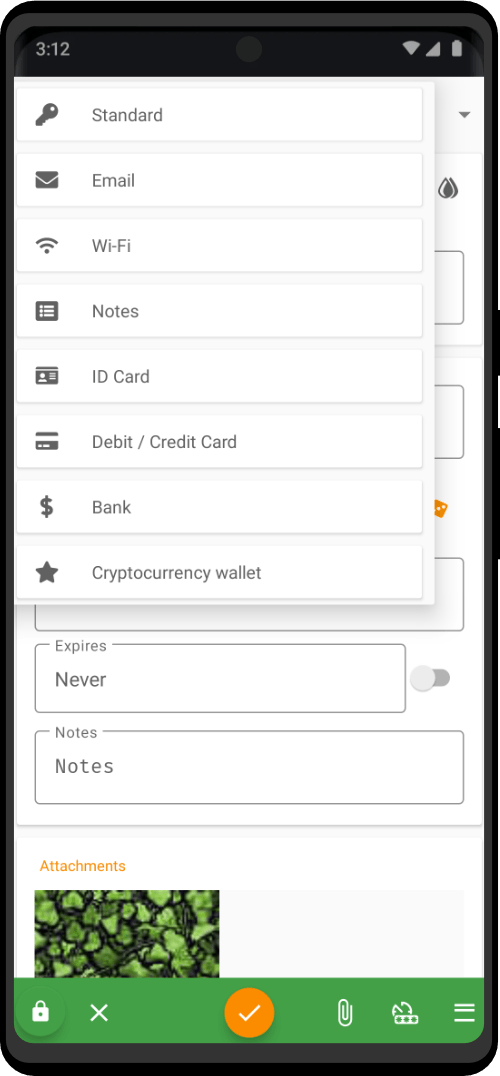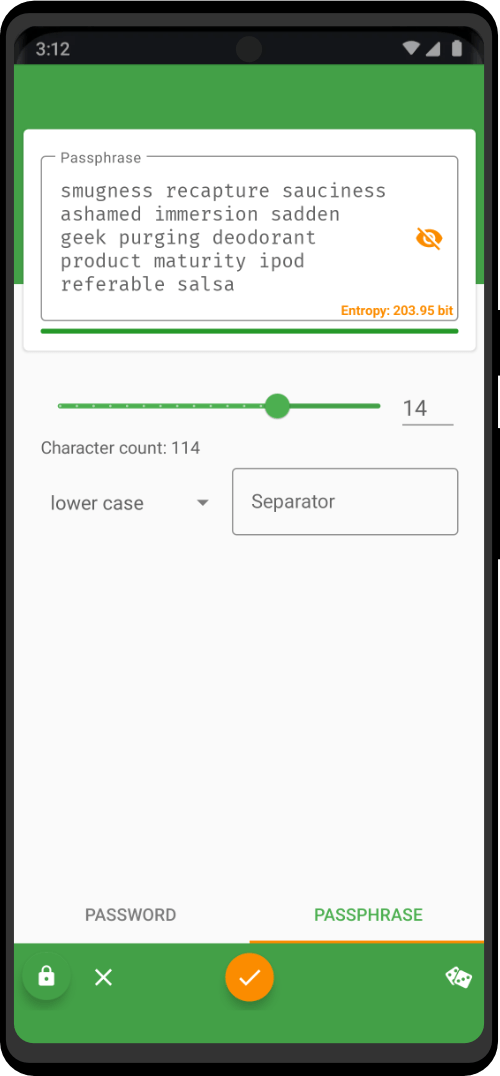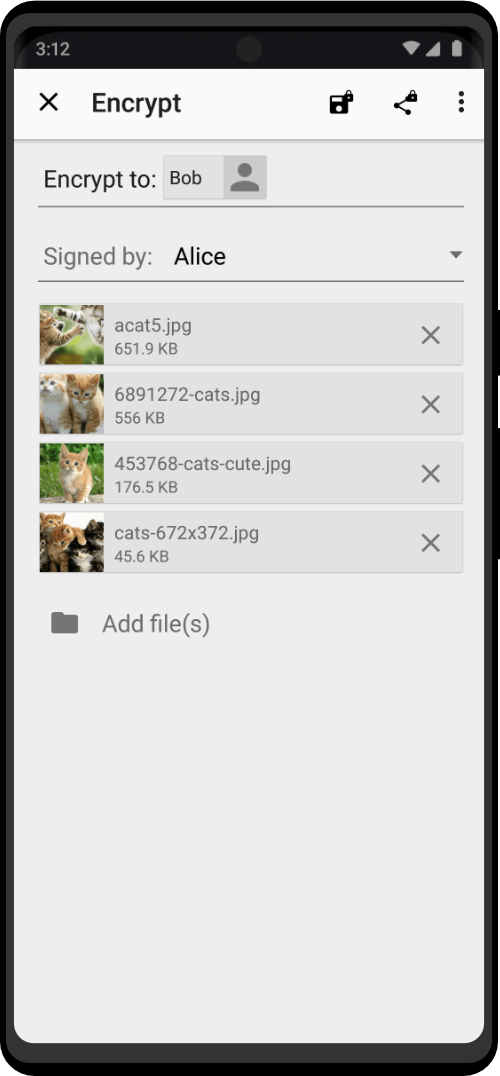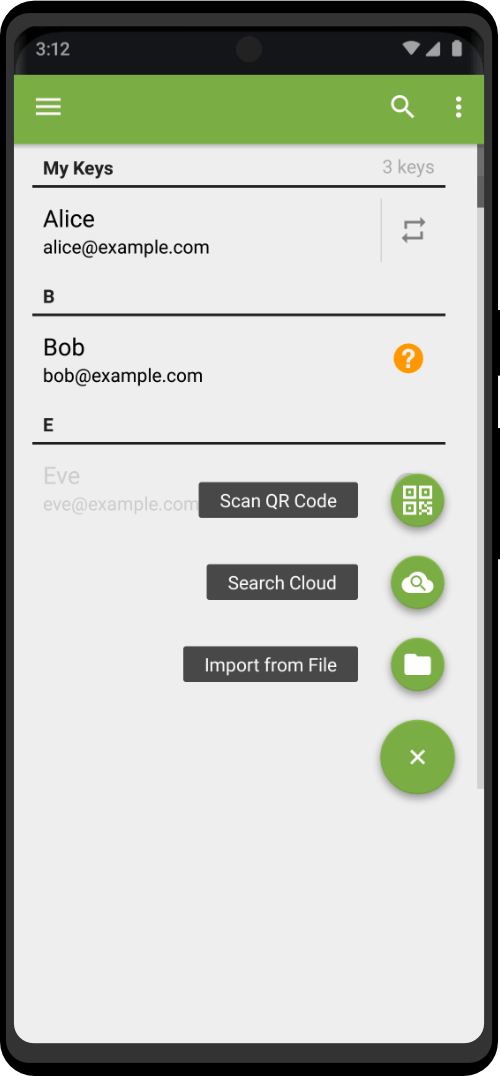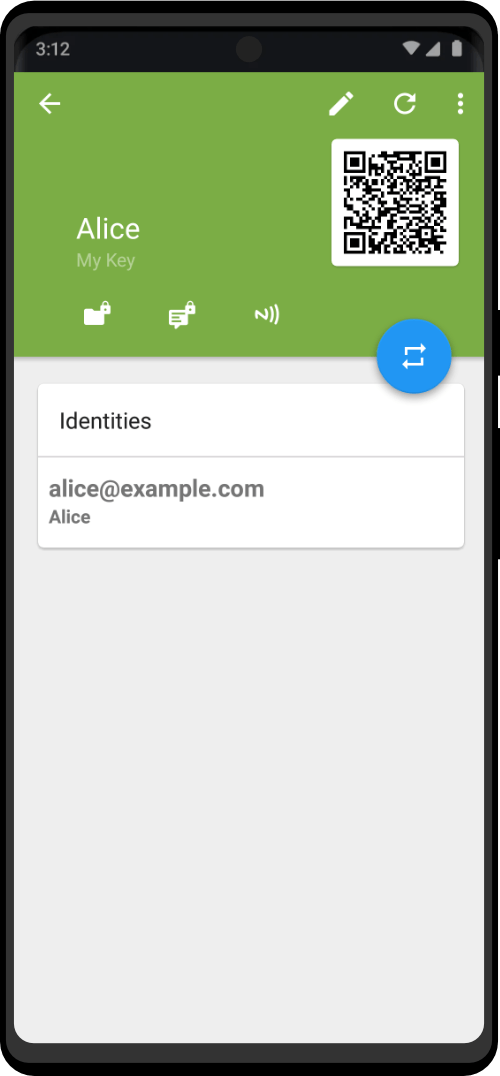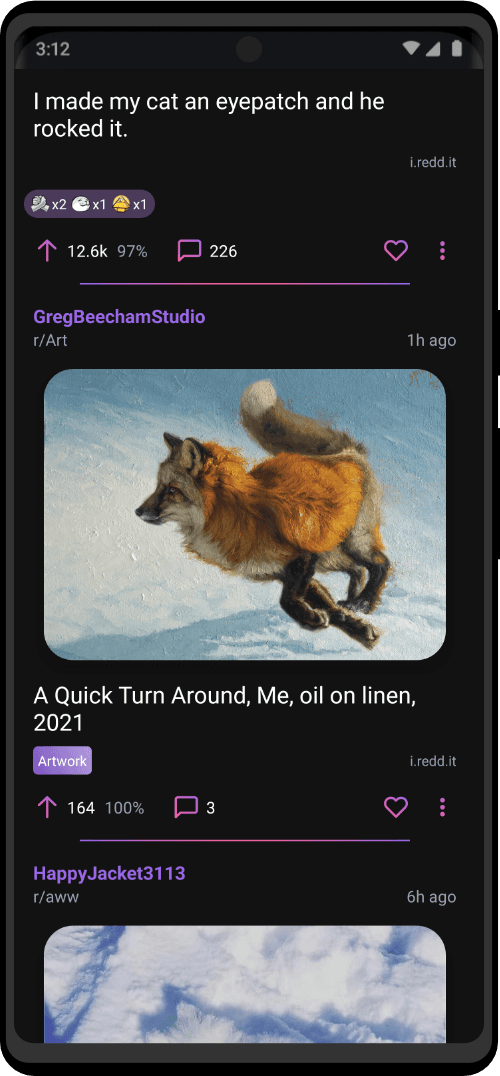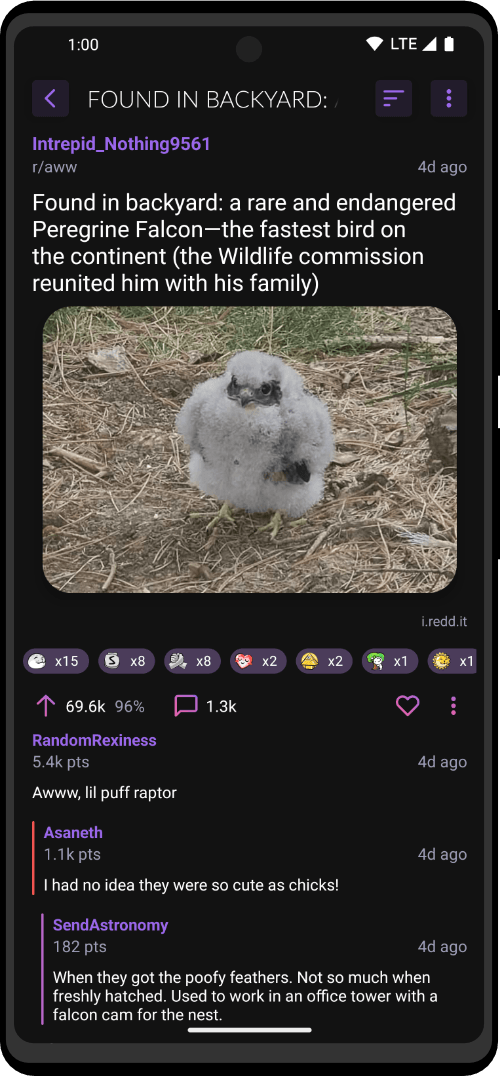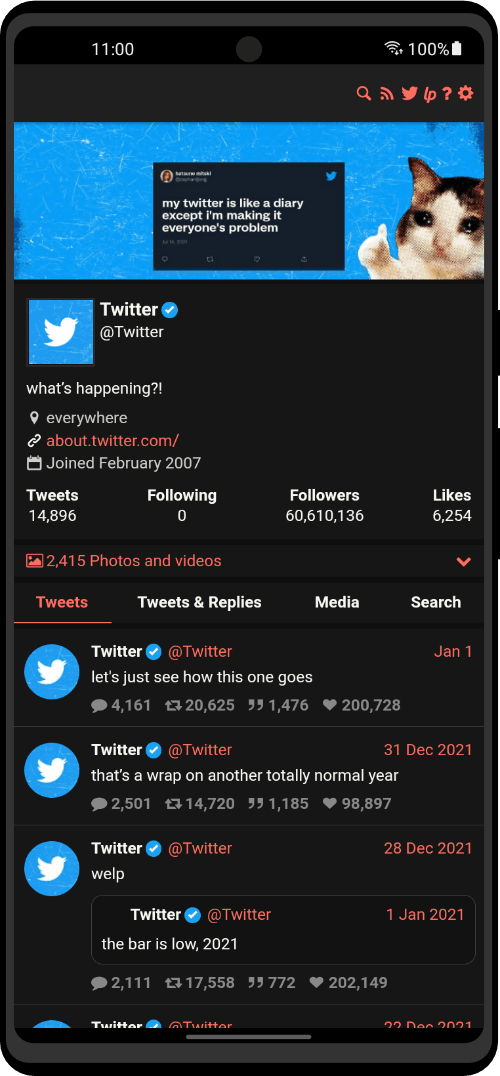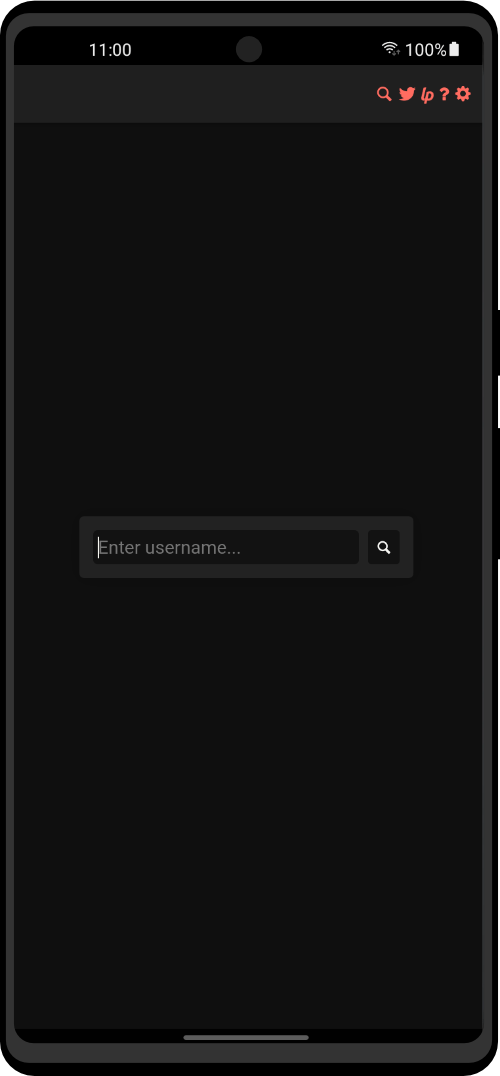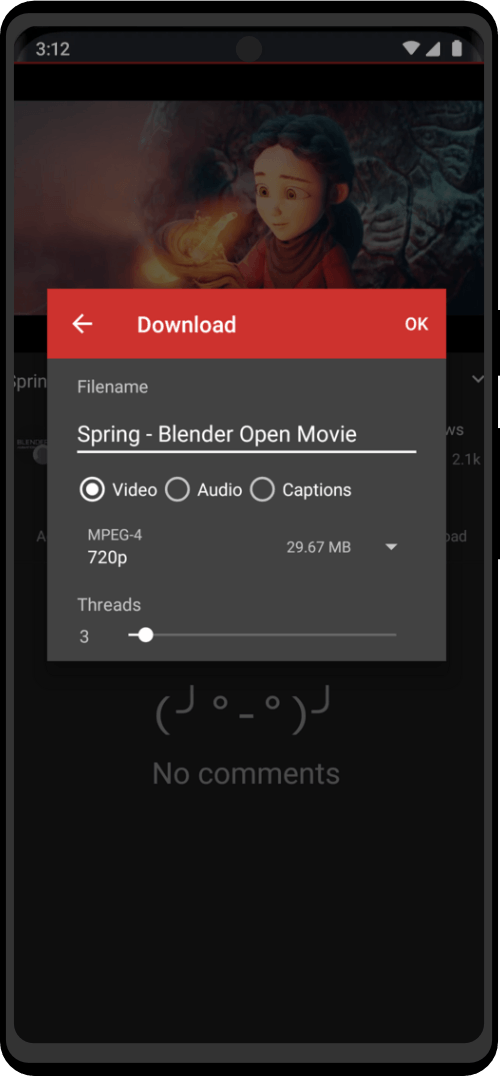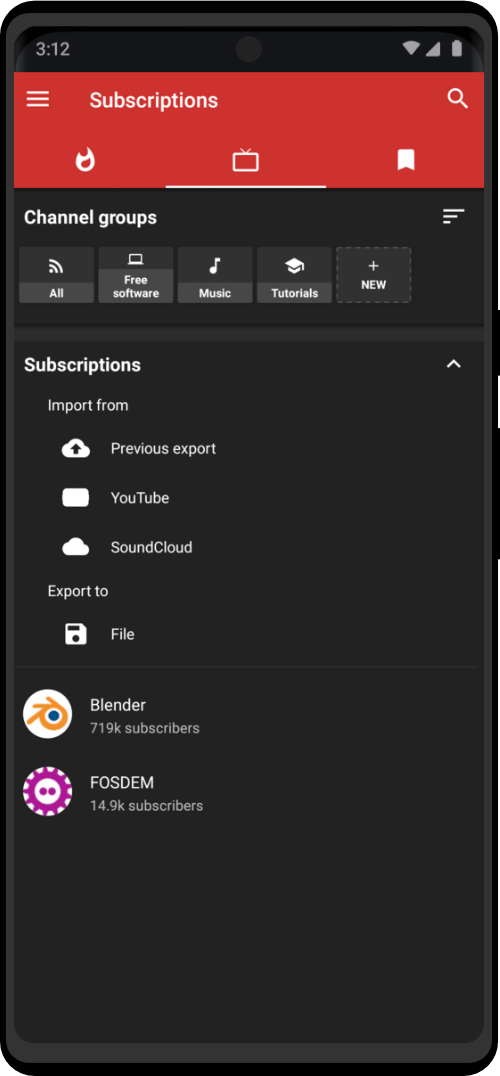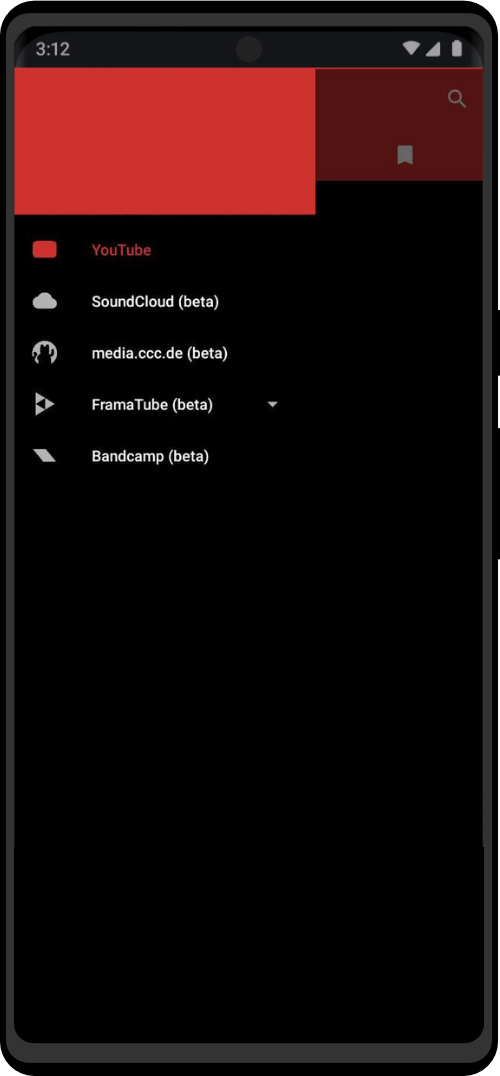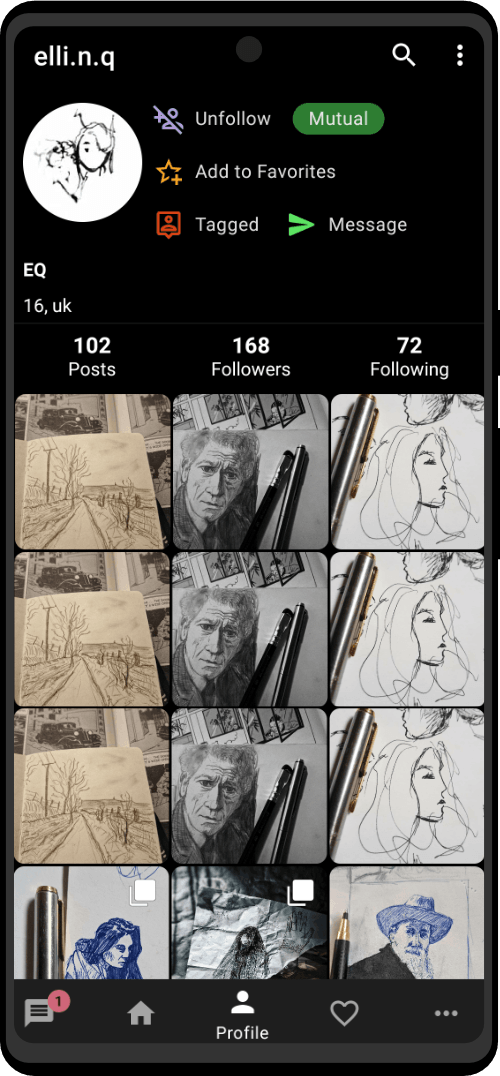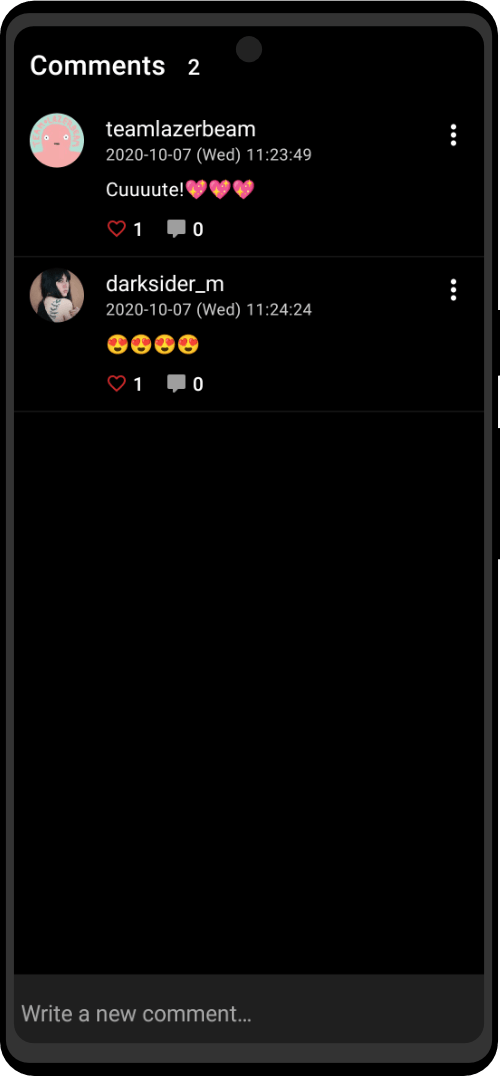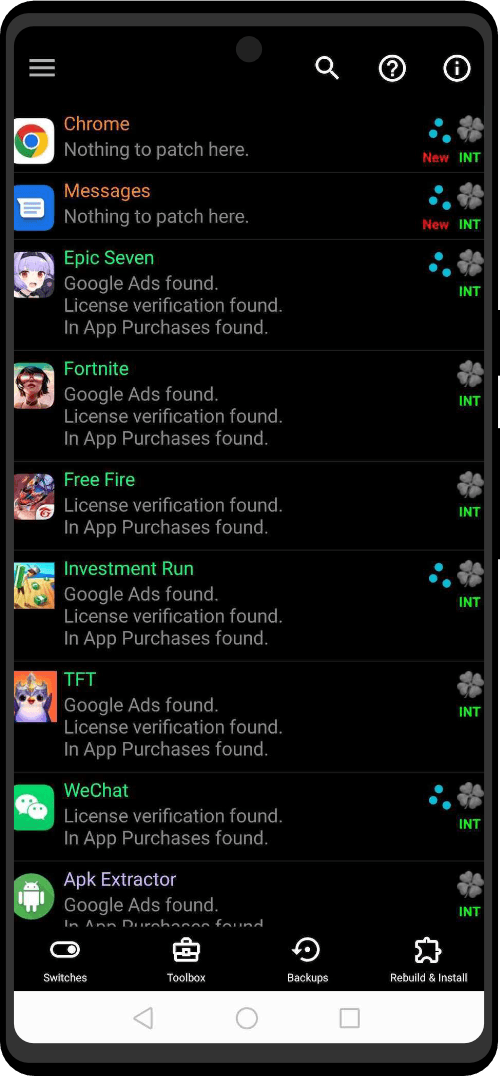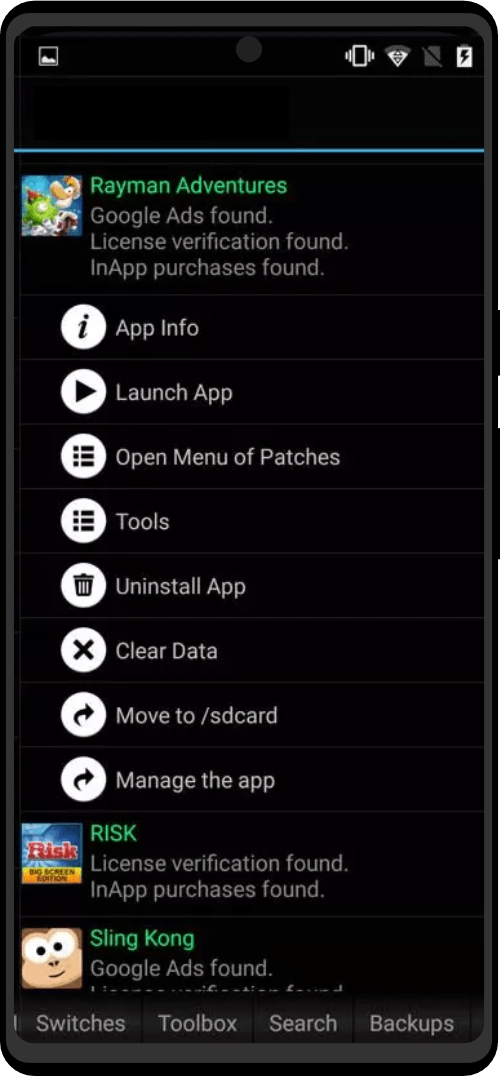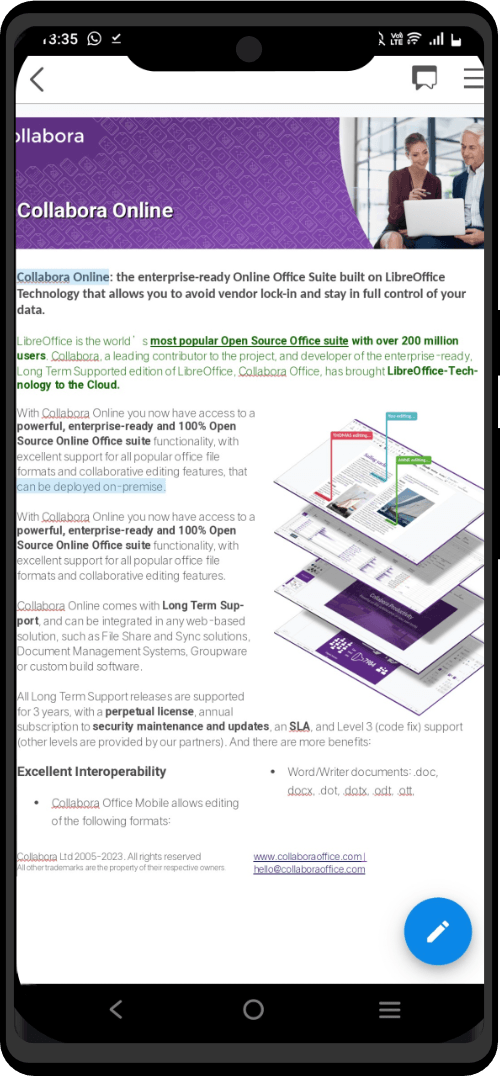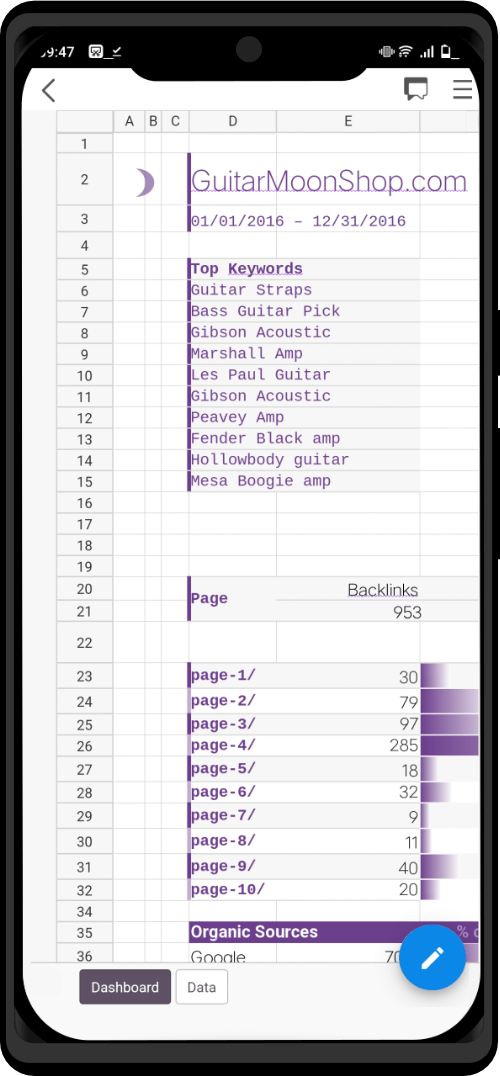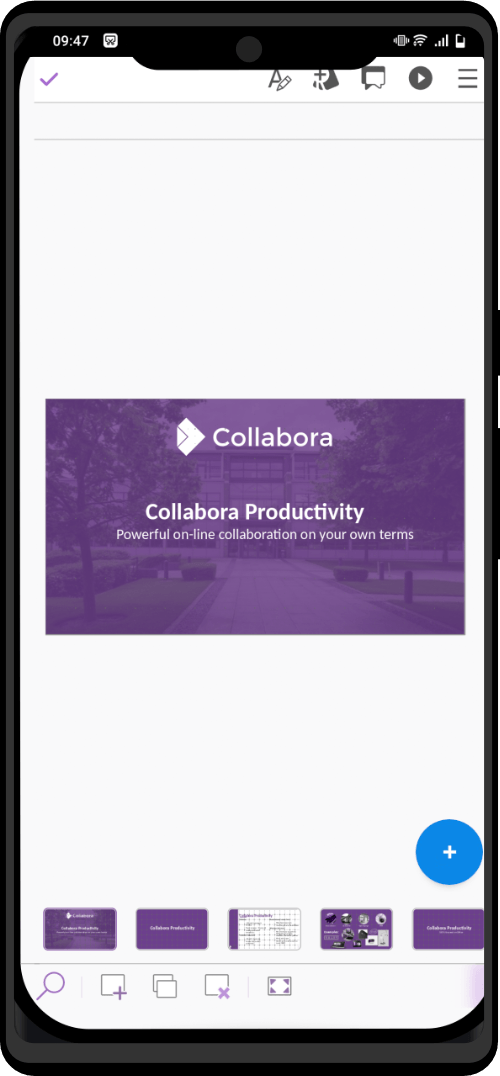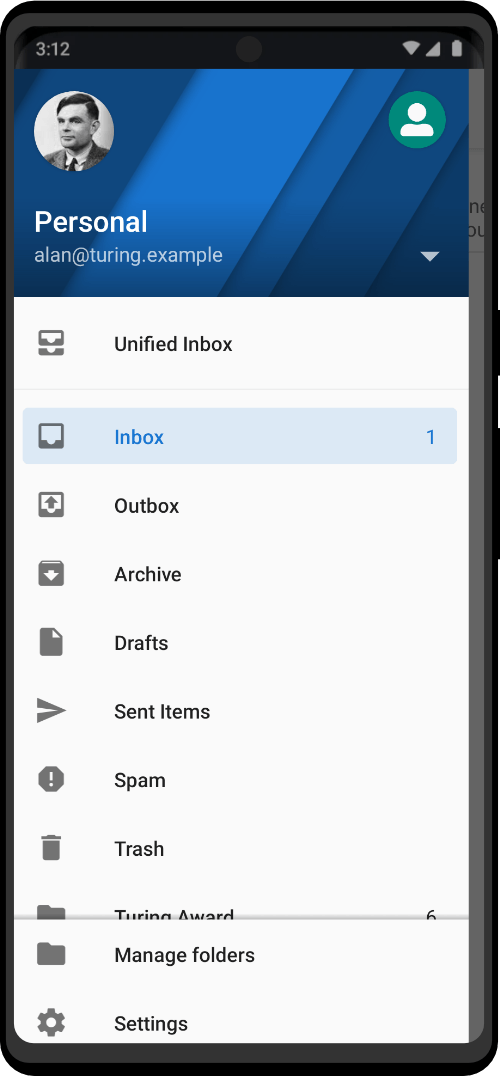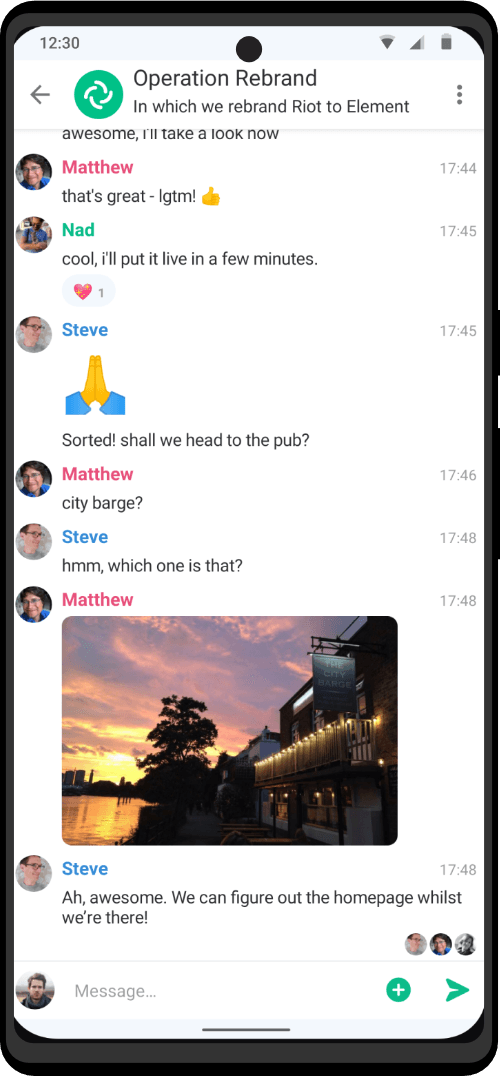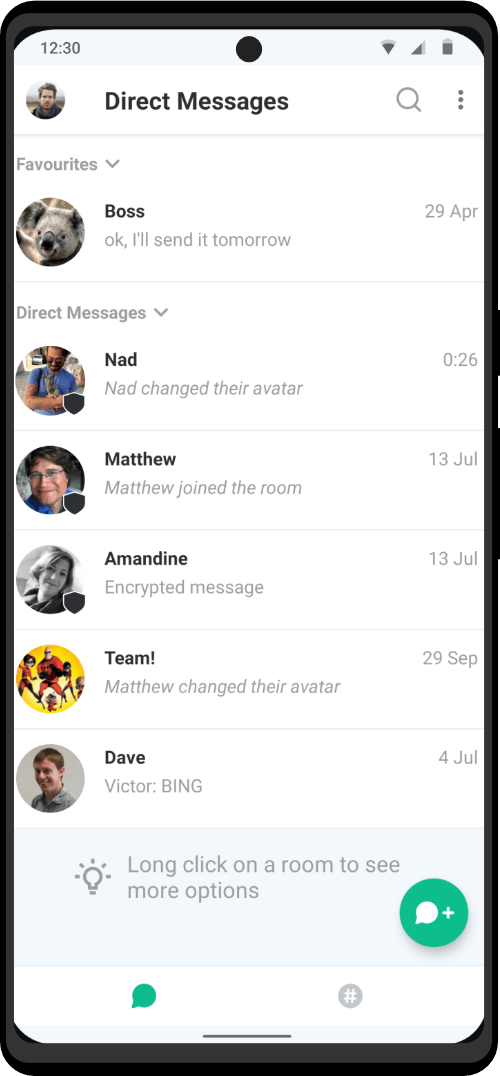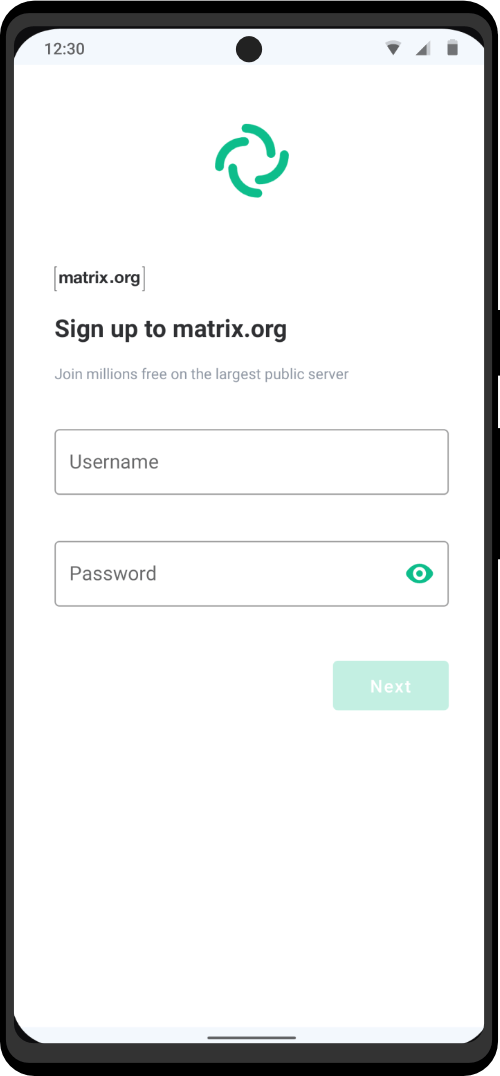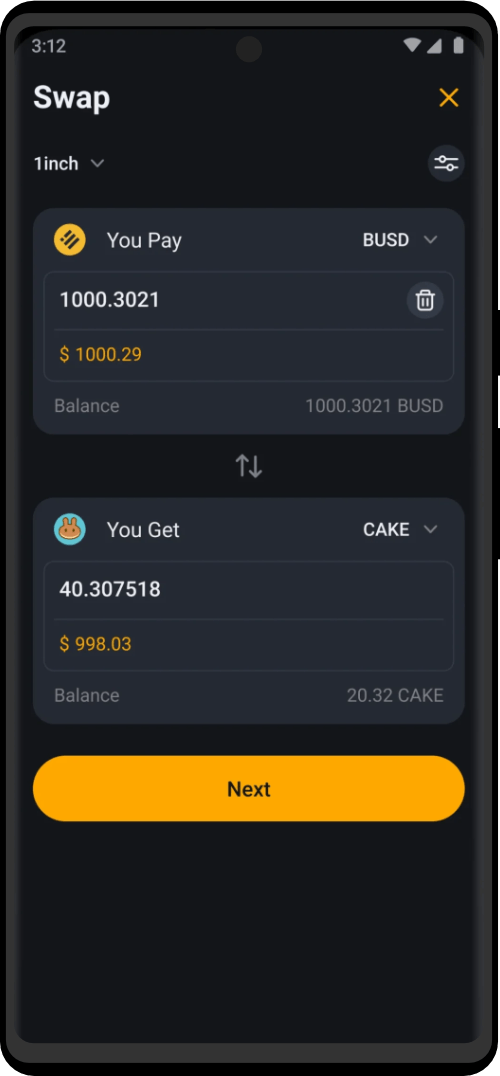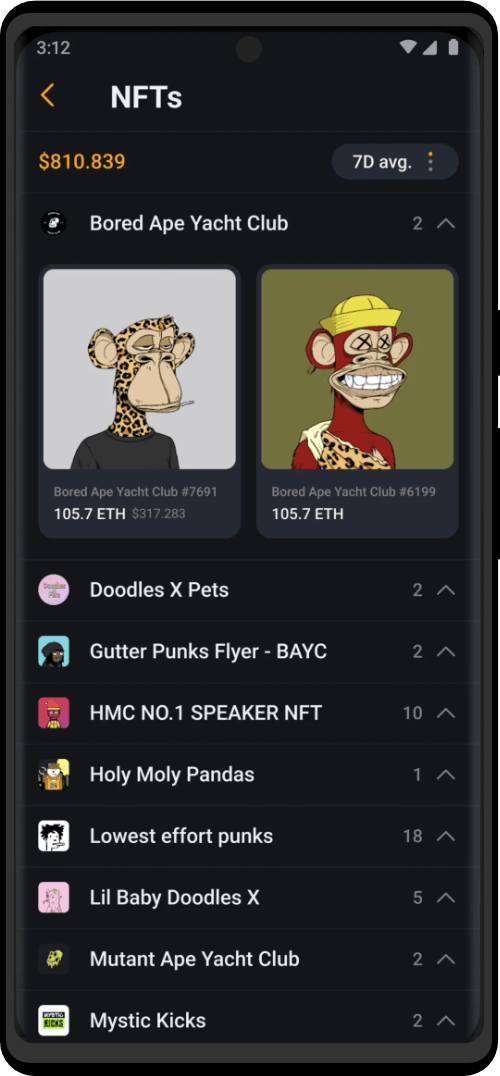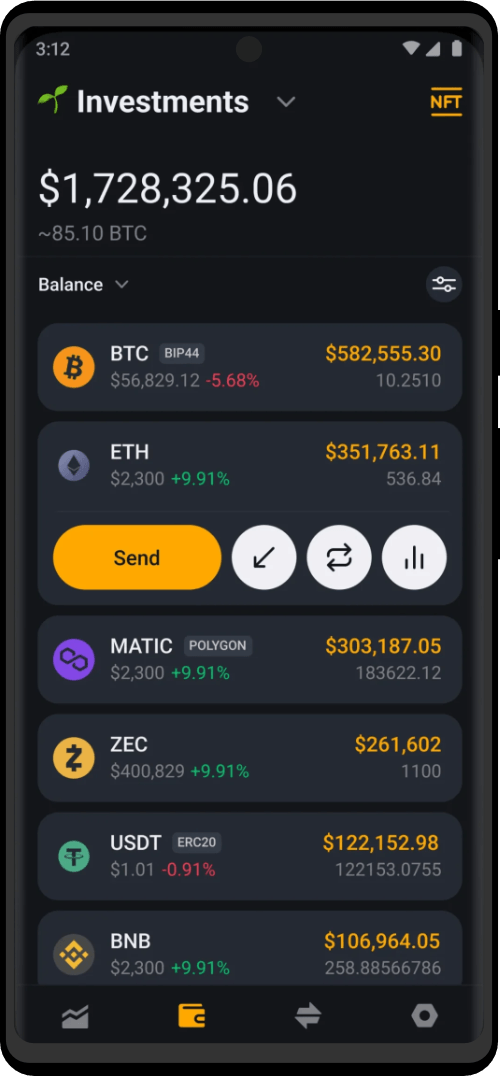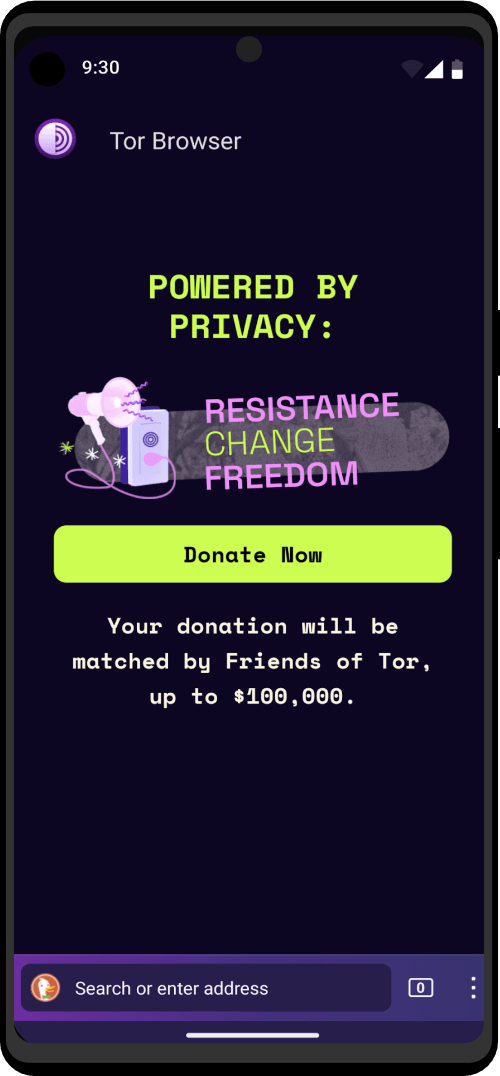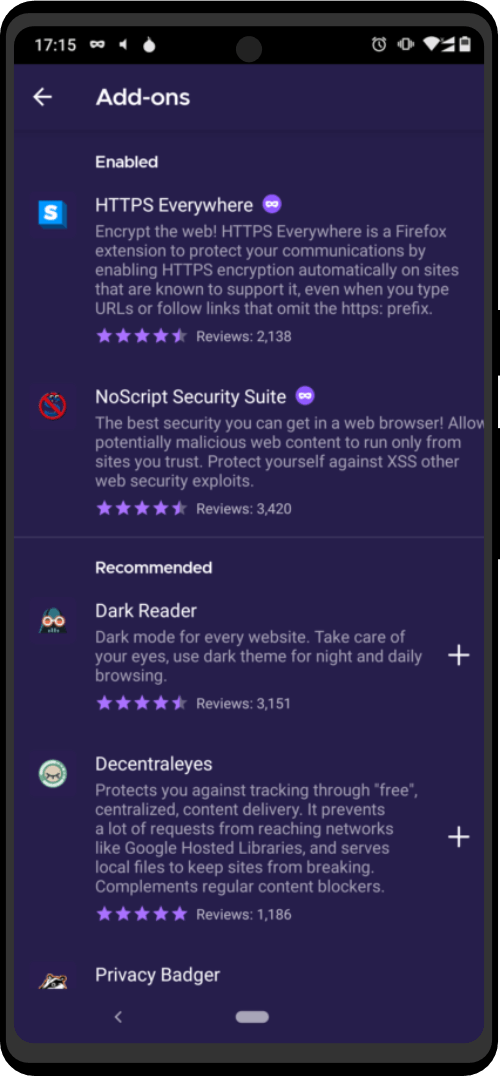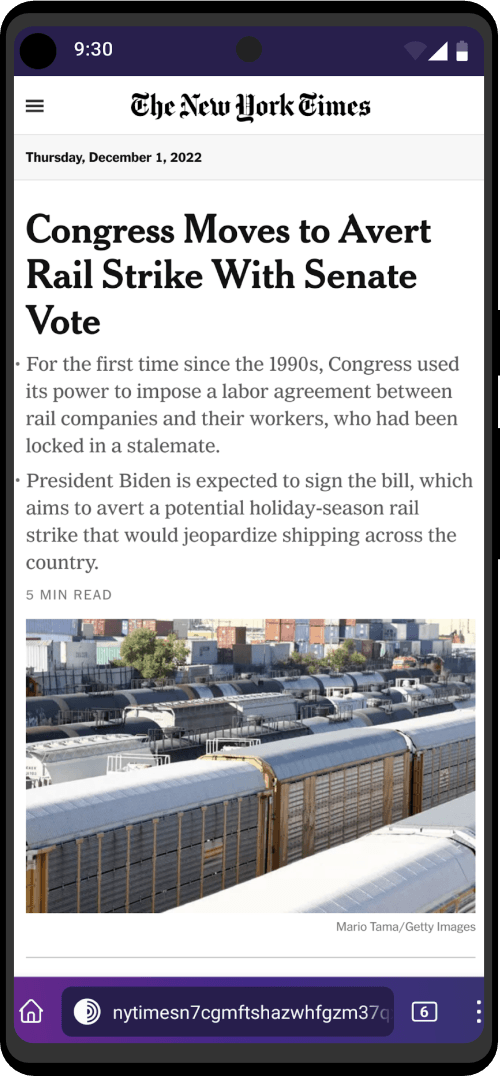Monero (XMR) is a decentralized cryptocurrency, meaning it is secure digital cash operated by a network of miners operated by users. Transactions are confirmed by distributed consensus and then immutably recorded on the blockchain. Third parties do not need to be trusted to keep your Monero safe. These coins are much more difficult to trace. This article talks about how Europol has admitted they cannot be tracked.
Before you begin make sure you read through the FAQ to fully utilize monero!
How do I safely route my coins?
Exchange -> Monero wallet (on Zero Trace Pen) -> Destination
My vendor only accepts Bitcoin, what do I do?
Monero wallet -> Exchange service -> Destination or Monero wallet -> Exchange service -> Bitcoin wallet -> Destination
Use an instant exchange service over Tor to anonymously convert your Monero into Bitcoin.
Avoid sending directly from an exchange service to the destination if your order has a short timeout. The order may expire before payment arrives if the exchange is delayed for whatever reason. By first sending the Bitcoin to your personal wallet you have more control over when the payment is made. Make sure you convert enough to cover the extra transaction fees you will be paying.
Is it safe to buy Monero directly on a KYC exchange?
For most threat models, yes.
Is it safer to buy Monero directly or to buy Bitcoin and convert it?
If possible for you, buying Monero directly should always be preferred.
As a rule of thumb: try to minimize your interactions with transparent blockchains (such as Bitcoin, Litecoin, etc) as much as possible.
How do I buy Monero anonymously?
Cash by mail on LocalMonero.co
Why is my transaction not showing up?
- Is your wallet software on the latest version? Some Monero updates are backward incompatible, and old versions stop working eventually.
- Is your wallet synchronized? The wallet needs to scan the blockchain to find your transactions. Wait for this process to complete.
GUI: Check the status in the lower left-hand corner. Feather: The status bar should say “Synchronized”
- Does your transaction exist on a block explorer? Go to xmrchain.net and enter the txid of your transaction. If it doesn’t show up that something went wrong on the sending side, contact them to sort it out.
If your transaction shows up on a block explorer and your wallet is synchronized, try the following:
Feather: Tools -> Import transaction. Enter the txid of the transaction. Click “Load”, then “Import”. If the transaction belongs to the primary wallet account it should now show up in the history.
GUI: Go to Settings -> Info. Next to “Wallet restore height” click “Change”, and press Ok twice. Wait for the wallet to resync. After it is done syncing your transaction should show up.
My outgoing transactions keep failing
Feather: Before closing the wallet, right-click on the “Failed” transaction and select “Resend transaction”. Wait for a few minutes until the transaction has 1 confirmation or try again.
GUI: Switch to a different node, go to Settings -> Wallet -> Rescan wallet balance, then try resending your transaction.
Failed transactions are caused by malfunctioning nodes. Whenever this happens please check which remote node you’re connected to and message the mods so it can be removed.
Is it safe to connect to a remote node over Tor?
For most threat models, yes.
It is recommended to change your remote node between each session. Feather wallet does this automatically.
Is there any way to speed up synchronization?
Switching to a different remote node will often help.
How do I copy my address from the Zero Trace Pen to a different machine?
- Save your address to a .txt file and use a second USB drive to transfer it over
- Send a PGP encrypted e-mail to yourself using a throwaway e-mail service
- Scan the QR code with a secondary device
Resources
Block explorers
https://xmrchain.net/ (no JS) http://theblock755bysooet2texualb4detjjcvkxs2nxuiumln4bacjh3rqd.onion (no JS)
Remote nodes Check the list here.









